The animal kingdom is filled with remarkable creatures that possess the extraordinary ability to change colors. This fascinating adaptation serves various purposes, from camouflage and communication to temperature regulation and mating displays. While chameleons might be the most famous color-changers, they’re far from alone in this remarkable ability. Across land and sea, numerous species have evolved the capacity to alter their appearance in response to their environment or physiological state. These transformations range from subtle shifts to dramatic kaleidoscopic displays that seem almost magical to human observers. Let’s explore ten incredible animals that can change their coloration, examining the mechanisms behind these transformations and the evolutionary advantages they provide.
The Remarkable Chameleon

Chameleons are perhaps the most iconic color-changing animals on our planet. Contrary to popular belief, chameleons don’t primarily change color to match their surroundings. Instead, their color changes are mostly triggered by temperature, light, and emotional states. These magnificent reptiles possess specialized cells called chromatophores that contain pigments in layers under their transparent skin. When a chameleon is calm, it typically displays green or brown hues, but when stressed or during mating displays, it can transform into vibrant patterns of yellow, red, and blue. The panther chameleon (Furcifer pardalis) from Madagascar is particularly renowned for its spectacular color-changing abilities, with males capable of shifting from relaxed green to excited bright red and blue in minutes. This visual transformation helps them communicate with other chameleons and establish territory.
Octopuses Masters of Disguise
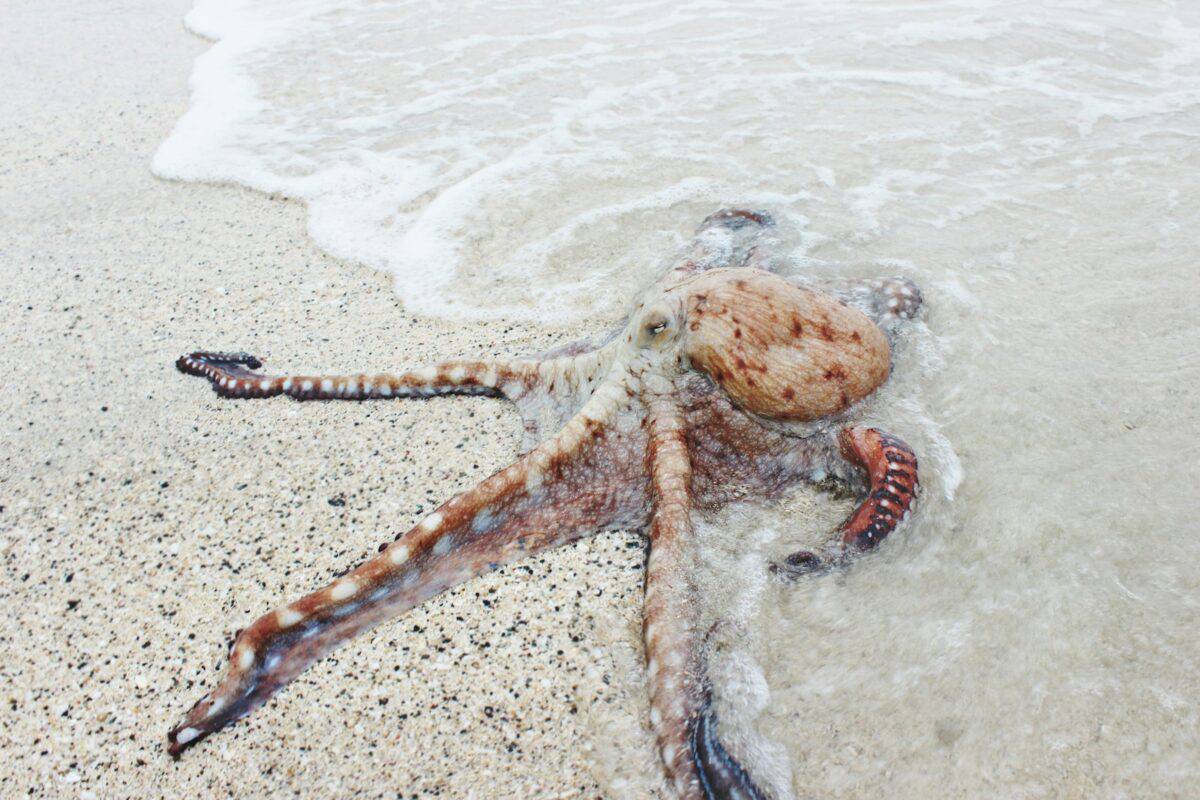
Octopuses represent the pinnacle of color-changing ability in the animal kingdom. These highly intelligent cephalopods can change not only their color but also their texture and shape to blend perfectly with their surroundings. The mechanism behind this remarkable ability involves millions of color-changing cells called chromatophores, which are controlled directly by the octopus’s brain. When an octopus wants to change color, it can contract or expand these cells to reveal different pigments. The mimic octopus (Thaumoctopus mimicus) takes this ability even further, changing its color, texture, and behavior to impersonate dangerous sea creatures like lionfish, sea snakes, and jellyfish. Scientists have documented octopuses changing colors in less than a second, and some species can create rippling patterns across their skin that serve as hypnotic displays to confuse predators or mesmerize prey.
Cuttlefish The Color-Changing Virtuosos

Cuttlefish are often described as the chameleons of the sea, but their color-changing abilities actually surpass those of their terrestrial counterparts. These cephalopods possess up to 200 specialized pigment cells per square millimeter, allowing for incredibly detailed and rapid color transformations. The giant Australian cuttlefish (Sepia apama) is particularly noteworthy, with males capable of displaying different patterns on each side of their body simultaneously—showing courtship displays to females on one side while presenting camouflage patterns to rival males on the other. This split-personality display demonstrates remarkable neural control over their coloration. Cuttlefish can also create moving bands of color across their bodies, hypnotizing prey before striking. Research has shown that cuttlefish can match the color, contrast, and even texture of their surroundings with astounding accuracy, despite being colorblind themselves—a paradox that continues to puzzle scientists.
The Arctic Fox’s Seasonal Transformation
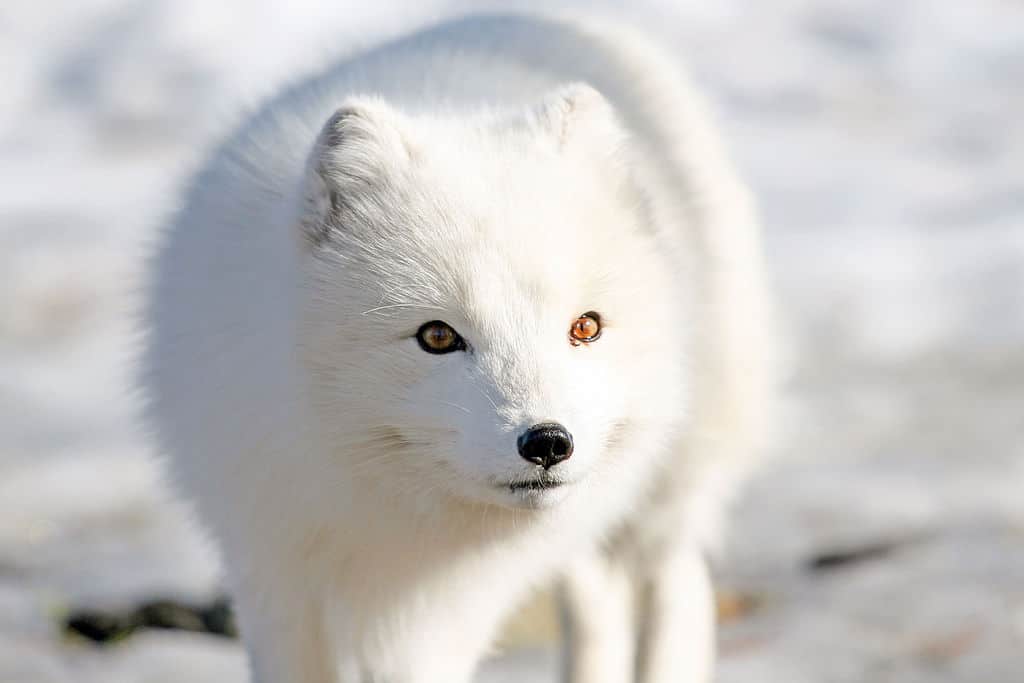
The Arctic fox (Vulpes lagopus) undergoes one of the most dramatic seasonal color changes among mammals. During summer months, these foxes display a brown or gray coat that blends with the tundra’s rocks and plants. As winter approaches, they shed this summer coat and grow a thick, pure white fur that provides perfect camouflage against the snow. This remarkable adaptation helps these small predators both avoid larger predators and sneak up on prey in the harsh Arctic environment. The transformation is triggered by changing daylight hours rather than temperature, ensuring the fox’s coat color matches seasonal conditions. In coastal areas where snow is less consistent, some Arctic fox populations maintain a blue-gray coloration year-round, demonstrating how this color-changing adaptation can vary based on local environmental conditions. The complete color change takes about 8-10 weeks and represents a striking example of seasonal adaptation in mammals.
The Golden Tortoise Beetle’s Metallic Magic
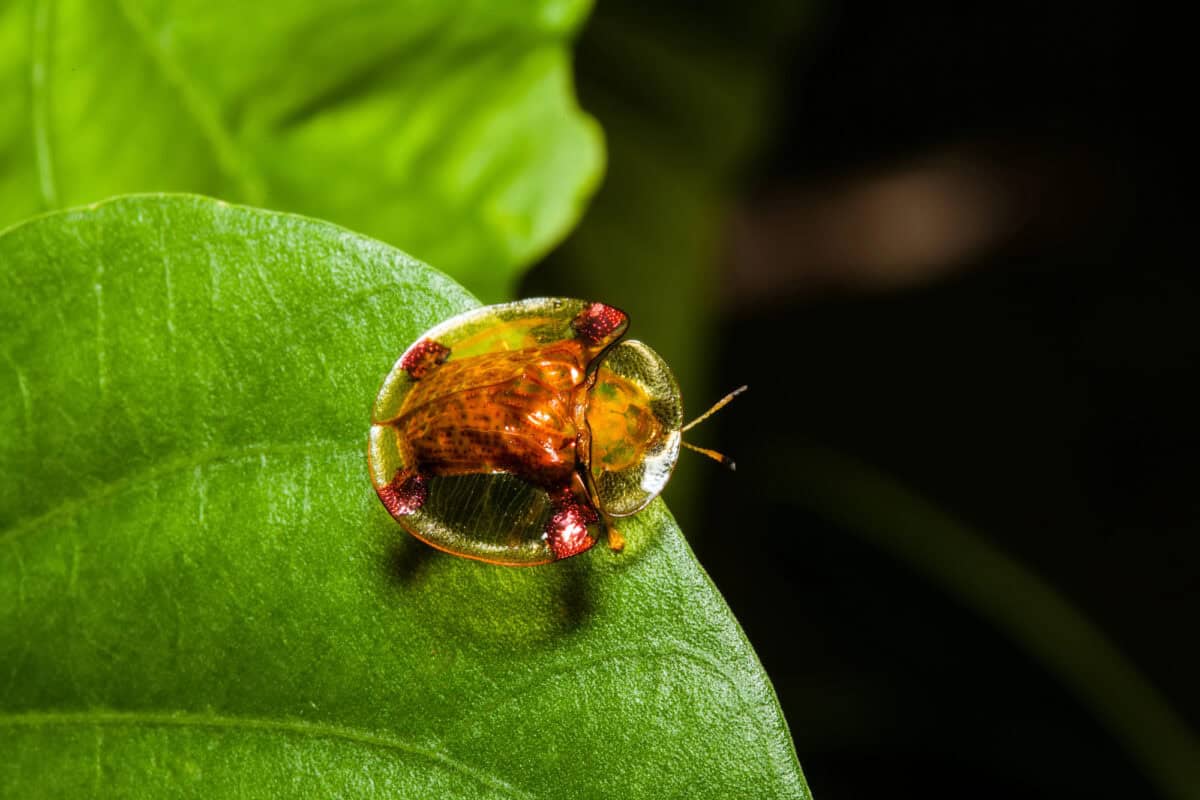
The golden tortoise beetle (Charidotella sexpunctata) presents one of the most spectacular color transformations in the insect world. When calm, these small beetles display a brilliant, reflective gold appearance that resembles liquid metal. However, when disturbed or mating, they can rapidly change to a spotted reddish-orange color. Unlike many color-changing animals that use chromatophores, the tortoise beetle’s transformation involves a different mechanism. Their golden appearance comes from light reflecting through a transparent outer layer onto a layer containing moisture. When the beetle is stressed, this moisture layer contracts, disrupting the light reflection and revealing the reddish color underneath. This process happens in seconds and serves both as camouflage and as a stress response. Researchers have discovered that these beetles can maintain their golden appearance into adulthood only if they have adequate nutrition during development, making their metallic coloration a signal of their health and fitness.
Flounders The Masters of Seafloor Camouflage
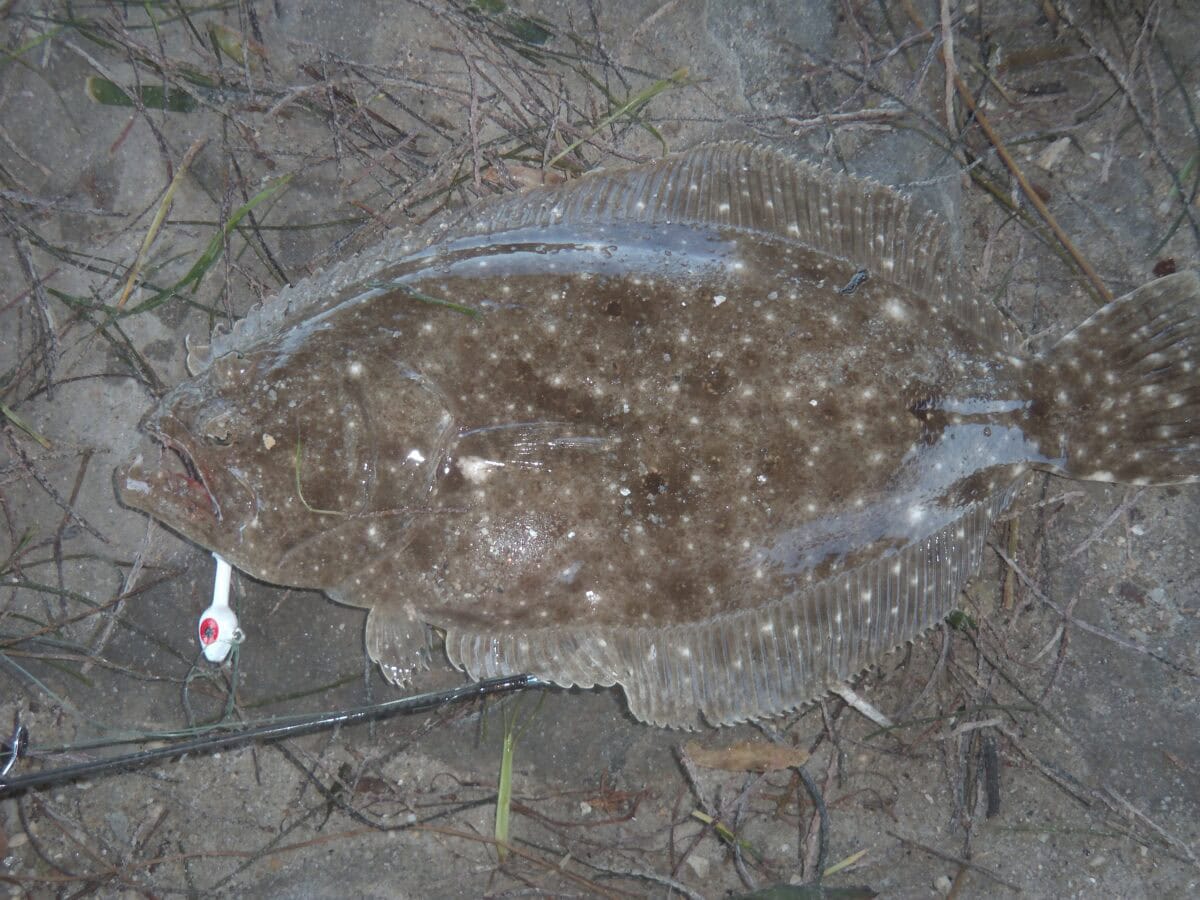
Flounders demonstrate one of the most effective camouflage systems in the ocean. These flat fish begin life swimming upright like typical fish, but during development, one eye migrates to join the other on the top side of the body. The fish then lies flat on the ocean floor with both eyes facing upward. What makes flounders extraordinary is their ability to observe the colors and patterns of the seafloor beneath them and match it precisely within minutes. Species like the peacock flounder (Bothus mancus) can replicate complex patterns including spots, mottles, and even checkerboard designs by controlling the pigment in specialized skin cells. Studies have shown that blinded flounders lose this ability, confirming that visual input drives their remarkable adaptations. The precision of their camouflage is so effective that predators can swim directly over a flounder without detecting it. Their underside remains white, as there’s no evolutionary advantage to coloring the side pressed against the seafloor.
Seahorses’ Subtle Color Shifts
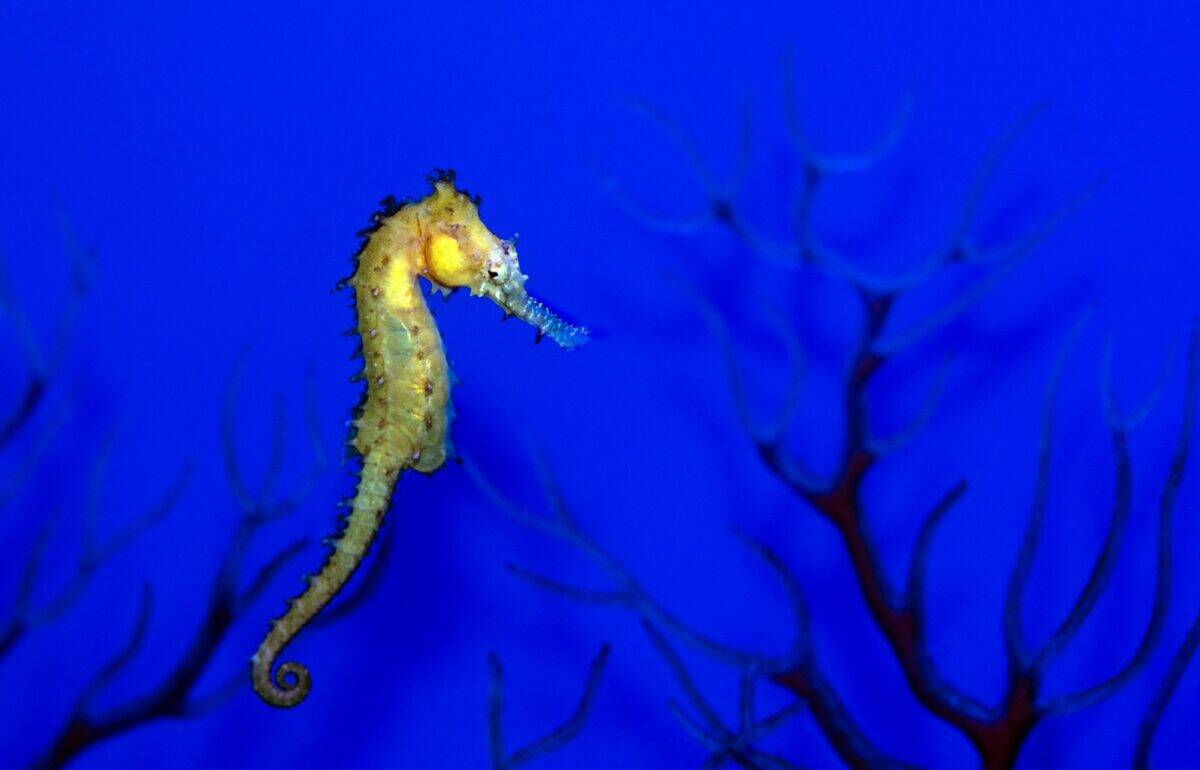
Seahorses may not change colors as rapidly as octopuses or chameleons, but their ability to gradually alter their appearance to match their surroundings is nonetheless impressive. These unique fish can change color over hours or days to blend with coral, seagrass, or other marine environments they inhabit. The dwarf seahorse (Hippocampus zosterae), for instance, can range from gray to green to brown depending on its habitat. Their color changes serve primarily as camouflage, helping these slow-moving creatures avoid predators. Seahorses accomplish these transformations using specialized cells called chromatophores and iridophores that reflect and absorb different wavelengths of light. Interestingly, some seahorse species also change color during courtship rituals, with males becoming brighter or more intensely colored to attract females. This demonstrates how color changing can serve multiple evolutionary purposes—from protection to reproduction—within the same species.
The Pacific Tree Frog’s Environmental Adaptation

The Pacific tree frog (Pseudacris regilla) demonstrates a more gradual but equally effective color-changing ability. These small amphibians can shift between various shades of green and brown depending on temperature, humidity, and background color. Unlike the rapid changes seen in chameleons, the Pacific tree frog’s transformation typically occurs over several hours or days. This ability is regulated by hormones that control the dispersion of pigment within specialized skin cells. When a Pacific tree frog moves from a leafy environment to a bark-covered area, hormonal changes trigger a shift from green to brown, helping it remain hidden from predators. Research has shown that these frogs tend to be greener in wetter conditions and browner in drier environments, suggesting their color changes may also help with moisture regulation. This adaptation is particularly valuable for a species that lives across diverse habitats from rainforests to semi-arid regions along the western coast of North America.
The Mimic Squid’s Defensive Displays
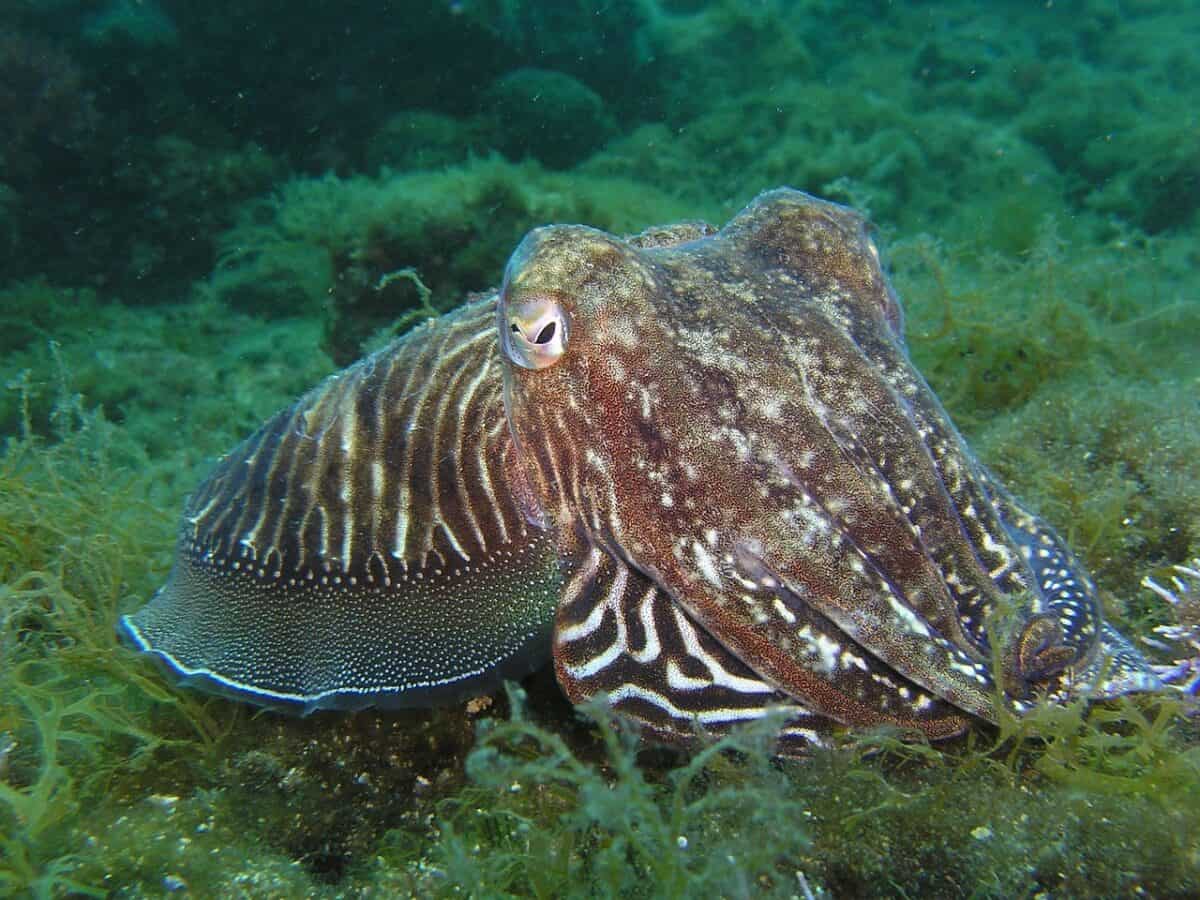
The mimic squid (Thaumoctopus mimicus), a close relative of both octopuses and cuttlefish, takes color changing to extraordinary levels. This remarkable cephalopod not only changes its coloration but also alters its shape and movement patterns to impersonate at least 15 different marine species, including sea snakes, lionfish, flatfish, and mantis shrimp. When threatened, a mimic squid can rapidly transform its appearance to mimic the specific dangerous animal that its current predator is likely to fear. For instance, when confronted by damselfish, it may impersonate a sea snake, a known predator of damselfish. This sophisticated mimicry involves not just changing color patterns but also adjusting arm positions and swimming styles to complete the illusion. The mimic squid’s nervous system must process complex environmental information and coordinate thousands of chromatophores to execute these convincing impersonations, representing one of the most advanced forms of defensive mimicry known in nature.
The Remarkable Color-Changing Ability of Marine Iguanas
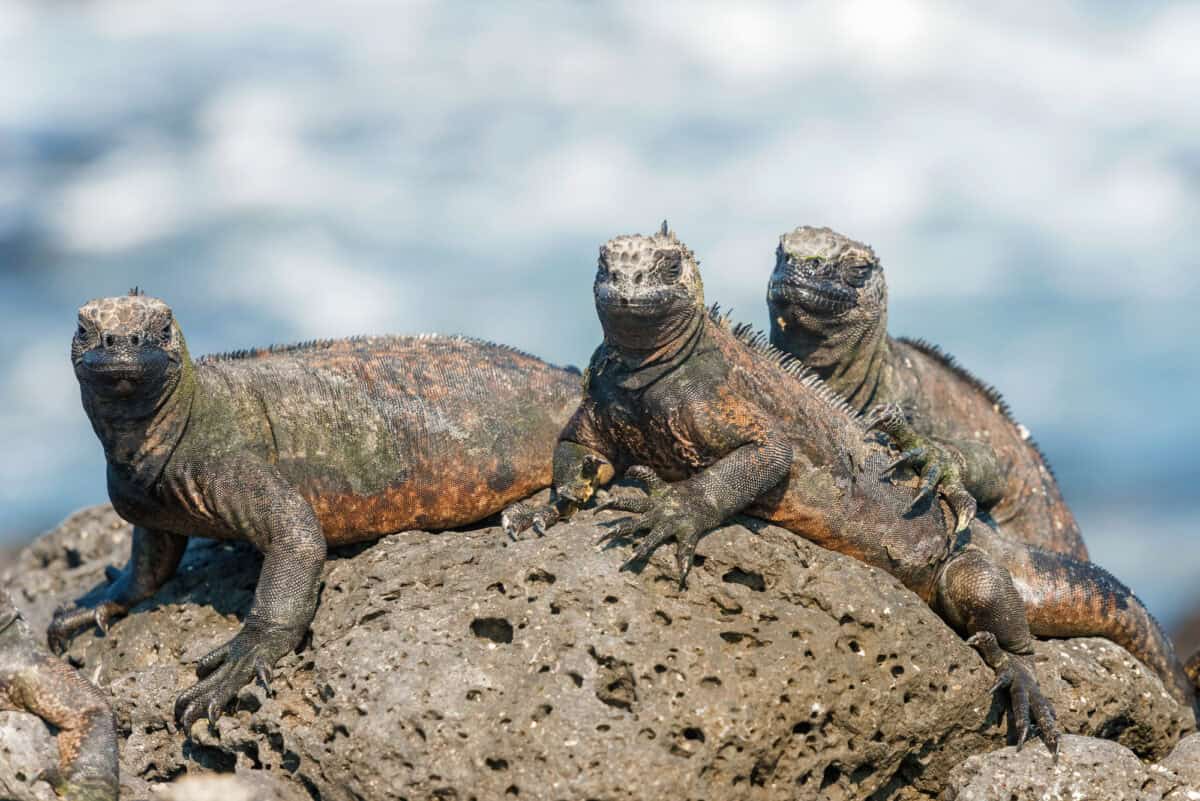
The marine iguanas (Amblyrhynchus cristatus) of the Galápagos Islands demonstrate a fascinating seasonal color change that serves multiple purposes. During the breeding season, males of certain populations transform from their standard grayish-black coloration to striking hues of red and turquoise. The intensity of these colors signals male quality and breeding status to potential mates and rivals. What makes this color change particularly interesting is that it’s tied to resource availability—males with better access to food can produce more vibrant displays. Outside of breeding season, marine iguanas can also lighten or darken their skin tones to help with thermoregulation. When feeding in cold ocean waters, they darken to absorb more solar radiation when basking. Research has shown that marine iguanas can change color in response to predators as well, with some populations able to adopt darker colorations that make them less visible against the black lava rocks where they often seek refuge from hawks and other predators.
The Astonishing Transformations of Veiled Chameleons

While we’ve already discussed chameleons generally, the veiled chameleon (Chamaeleo calyptratus) deserves special attention for its exceptional color-changing abilities. Native to Yemen and Saudi Arabia, these chameleons can display one of the widest ranges of colors among reptiles, from vibrant greens and yellows to deep blues, purples, and nearly black hues. Unlike many chameleons that change color primarily for communication, veiled chameleons use their color transformations for multiple purposes, including temperature regulation. They often appear darker in the morning to absorb heat more efficiently and lighter during the hottest parts of the day to reflect sunlight. Their emotional states are also clearly reflected in their coloration—relaxed individuals display light green patterns, while stressed or aggressive chameleons show dark colors with distinctive patterns. Females signal receptivity to mating with specific color patterns and indicate rejection with others, demonstrating a complex color-based communication system. Recent research has revealed that veiled chameleons achieve their remarkable color changes through two layers of specialized cells that contain different types of pigment and reflective crystals.
Conclusion: The Evolutionary Marvel of Color-Changing Adaptations

The ability to change color represents one of nature’s most fascinating evolutionary adaptations, emerging independently across multiple animal lineages. These dynamic transformations serve crucial purposes from predator avoidance and prey capture to communication and temperature regulation. What’s particularly remarkable is how different biological mechanisms have evolved to achieve similar outcomes across diverse species. While cephalopods use neurologically controlled chromatophores, chameleons manipulate guanine crystals, and mammals like the Arctic fox undergo seasonal molting. Each method demonstrates how evolutionary pressures can drive the development of complex physiological systems. The study of color-changing animals continues to yield important insights for fields ranging from evolutionary biology to materials science, with researchers drawing inspiration from these natural phenomena to develop technologies like adaptive camouflage and color-changing materials. As our understanding of these remarkable creatures deepens, we gain not only greater appreciation for nature’s ingenuity but also valuable lessons that may inform future technological innovations.
- The Strongest Bite Force Ever Measured in a Reptile - August 19, 2025
- 10 Terrifying Creatures That Lurk in the Deepest Oceans - August 19, 2025
- 10 Endangered Animals That Need Immediate Protection - August 19, 2025

